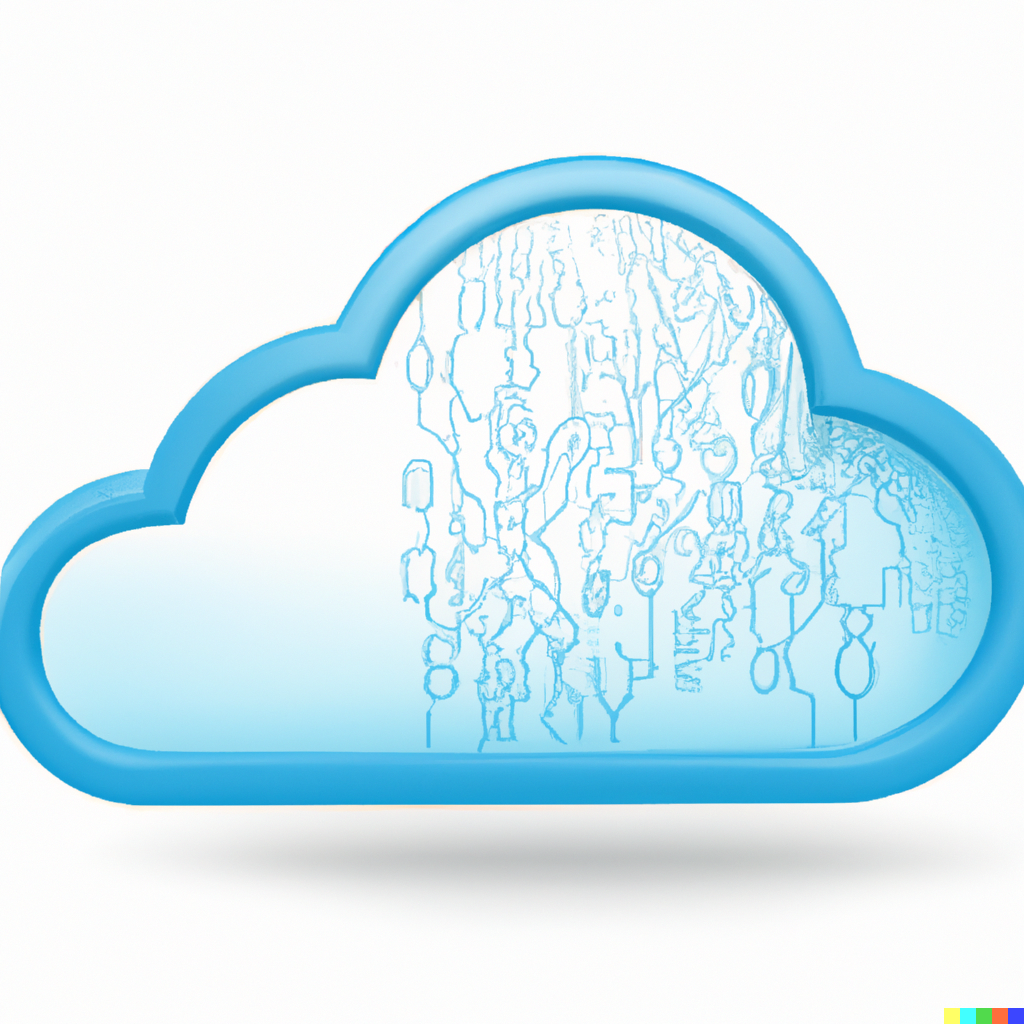November 20 | SoftwareTech Software Technology

Over the last decade, Software as a Service (SaaS) has evolved from a niche delivery model into the dominant way modern organizations consume software. Whether you're managing your email, collaborating with colleagues, tracking sales, or automating marketing campaigns—there’s likely a SaaS tool powering it behind the scenes.
In this article, we’ll explore what SaaS really is, why it’s become the backbone of digital business, and how companies of all sizes can leverage it strategically.
Software as a Service (SaaS) is a cloud-based software delivery model where applications are hosted by a provider and accessed via the internet. Instead of installing software locally on computers or servers, users simply log in through a web browser or mobile app.
Some examples: Slack, HubSpot, Zoom, Shopify, Figma, Salesforce, Airtable.
The rise of SaaS isn’t accidental—it solves major pain points that traditional desktop and on-premise software could never address.
Companies no longer need to buy expensive hardware or licenses. SaaS spreads the cost over time, making enterprise-level tools accessible even to startups.
Instead of multi-month deployments, SaaS tools can often be implemented within hours.
Vendors push updates automatically. Users benefit from new features without migration or downtime.
Remote and hybrid teams can work seamlessly from anywhere—SaaS was a major enabler of the post-2020 remote work transformation.
SaaS’s subscription model provides companies with stable monthly recurring revenue (MRR), making them more durable and investor-friendly.
If you’re building or evaluating a SaaS platform, these principles matter:
Multiple customers share the same infrastructure while keeping data securely isolated. This reduces costs and increases efficiency.
SaaS providers must implement:
Trust is everything in SaaS.
Modern SaaS tools integrate deeply with other platforms. APIs make it possible for businesses to build custom workflows, automations, and dashboards.
A clean, intuitive interface is no longer optional—SaaS customers churn fast when usability is poor.
SaaS must handle growing user bases, large datasets, and evolving features without performance issues.
SaaS companies rely heavily on predictable recurring revenue. Key financial metrics include:
The foundation of SaaS economics. Growth typically comes from:
How much you spend to acquire a new customer.
Total revenue expected from a customer across their lifecycle.
Percentage of customers who cancel each month or year. Low churn = product/market fit.
Measures expansion revenue. Best-in-class SaaS companies exceed 120% NRR.
SaaS spans nearly every business category:
Tools that serve all industries
Examples: Zoom, Slack, Dropbox, Notion
Built for a specific sector
Examples:
For organizations and teams, such as CRM, HR, or analytics tools.
For individual users, like budgeting apps or fitness platforms.
While powerful, SaaS comes with its own set of obstacles:
Handling sensitive information requires rigorous security standards.
Switching providers can be costly or complicated.
Downtime or poor connectivity affects productivity.
Users expect frequent updates and impeccable performance.
From automated workflows to intelligent assistants, AI is becoming a core differentiator.
Small, highly specialized SaaS tools built by solo founders or small teams.
Companies pay based on usage (e.g., number of API requests), offering more flexibility.
More industry-specific platforms tailored to niche problems.
SaaS systems that plug together via APIs for a fully modular tech stack.
Software as a Service is not just a technology trend—it’s a fundamental shift in how businesses operate. It reduces complexity, increases agility, and allows companies of all sizes to innovate faster.
Whether you’re a founder building a SaaS product, a business leader selecting tools, or just curious about the future of software, understanding SaaS is essential in today’s digital era.
SHARE THIS:
© Copyright 2025Global Tech AwardsAll Rights Reserved